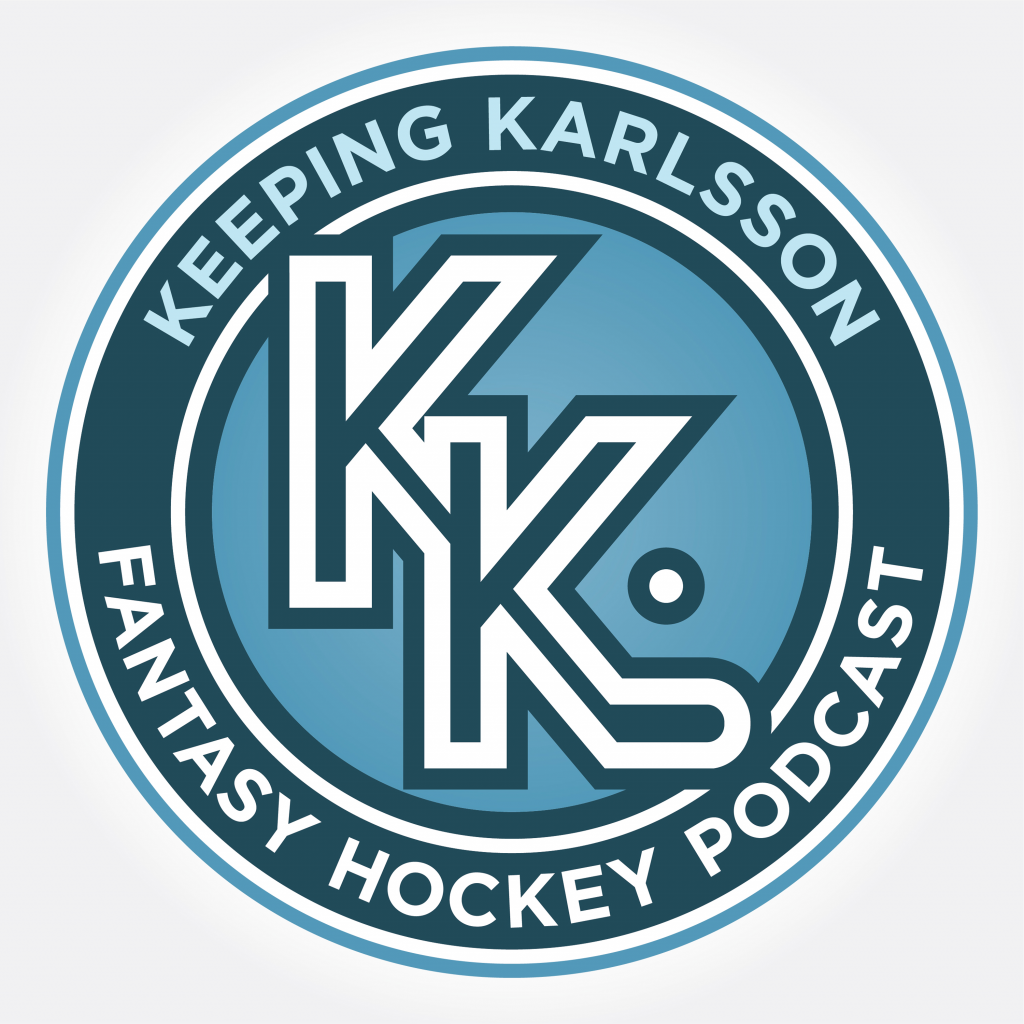In honor of free agency opening this week we are going to pause the division reviews and spend a little time looking at recent signings. The focus is going to be a bit more historical, though we may touch on current signings later on. Players who sign free agent deals over the summer are often the buzzy names around draft day. Their names have been top-of-mind for folks, analysis is done to figure out their new positions, and at the end of the day we just spend more time talking about them. What do we know about players who move over the summer though? What can we expect from a player's first year? Today we are going to take a look back to last summer to try answering some of those questions.
Specifically, we are looking at point paces from players who signed free agent deals in the summer of 2024, their production in their 2023-24 season and then their production for their new teams in 2024-25. In order to put this together I pulled two Big Board Reports for those two different seasons, filtered for a list of free agent signings, and then compared the two samples. To make the sample a little more relevant I filtered a bit, essentially putting a 20-point pace minimum requirement which removed minors/swing player signings and depth skaters with fewer than 20 points. Overall, we were left with a group of 27 skaters. For each skater I am looking at their point production, but also their deployment, so overall time on ice, and percentage of the team's power play.
The TLDR here is that it’s a really split group. Twelve players saw increased time on ice, and 12 players lost time. Nine players increased their power-play share, and seven players lost power-play share. Seven players increased their point paces by more than five points while 10 got worse (and 10 stayed the same).
Of the group that increased their point paces, their average TOI also went up 1:56 on average, and their power-play share increased 18%. Jake DeBrusk was actually the only player who lost overall time on it, and still increased his point pace. The average age of the group was 31.01, with only two players over the age of 32.
On the flipside, the players who saw a worse point pace were a real mixed bag. There was a huge range in time on ice changes from losing three minutes to gaining 35 seconds. On average though the group lost about 40 seconds. It is the same story on the power play. On average the group lost about a two percent share but saw a range of a 12%increase to a 30% decrease. The average age of the group was 32.4, with six of the players over the age of 32.
In summary, what we have is a general correlation of increased point production, increased overall time on ice, increased power-play share, and younger free agents. Lower production is generally correlated with decreased overall time on ice, power-play share, and older free agents. There is a lot of logic here, increased deployment and opportunity is more likely to lead to point production, and it stands to reason that slightly younger players are signed to still be provided that opportunity rather than bring their experience and potentially declining skills to a depth role.
Let's explore this a bit with a few examples. The players with the biggest improvement in point pace were Sean Monahan, Matt Grzelcyk, and Jason Zucker.
Sean Monahan had been on a bit of a tumultuous journey in his recent NHL career. Some real highs in back in 2018-19 and a real struggle to find his footing afterward. He seemed to be gaining some traction in Montreal before signing in Columbus in 2024-25. In fitting with the general theme of this article, Monahan's rise and fall is entirely consistent with his changes in fortune with ice time. In 2024-25 he was up over 19 minutes a night on average for the first time since that 2018-19 season and for the first time since that season he exceeded an 85-point pace. It was also the first time since 2020-21 that he had more than 2.2 shots per game. Monahan is a perfect example here of what happens when a player changes team and gets prime deployment.
Matt Grzelyck is much the same story. His previous career high was in 2020-21 with Boston when he saw almost 60% of the team's power-play time, and had almost 20 minutes a night of overall ice time. Since that point he has very much been trending down, in both time on ice and point production, until signing with Pittsburgh. In Pittsburgh, even though they have both Erik Karlsson, and Kris Letang, Grzelyck managed almost 46% of the team's power play (a huge change from the three percent in his final season in Boston) and saw over 20:30 in total time on ice (a career high). Turns out that kind of deployment can give you a career high in points.
Jason Zucker saw a similar theme, though different retelling. He saw a bump in overall ice time, back to what he was used to seeing in his later Minnesota days. That certainly helped him, but the biggest change for Zucker was the increase in power-play time. He was consistently getting about 30% of the power-play time over his time in Pittsburgh and again during the split season in Arizona and Nashville, but in Buffalo he was on the top power play (over 60% of the power-play share) essentially all season. That resulted in a career-high 21 power-play points, equal to the total from his previous three seasons combined.
The themes here are very clear big jumps in a new location of either overall time (which also would likely include better linemates) and/or increased power-play time. That is obviously what we are hoping for when a player changes teams. Unfortunately, only about a quarter of the players who signed with a new team increased their point paces. About 37% of the group actually got worse, highlighted by Jeff Skinner, David Perron, and Anthony Duclair.
Jeff Skinner had seen some prime deployment in Buffalo. Over 17 minutes of total ice time for several seasons, and more than 55% of the team's power play. The results were varied, but included 51-, 65-, and 85-point pace seasons. He went to Edmonton and of course the narrative was 'this is great, he will play with either Connor McDavid or Leon Draisaitl". That did happen sometimes, but he also spent a lot of time on the third line. Ultimately, he lost three minutes of total ice time, and about 30% share of the power play. The result was a non-relevant 33-point pace.
It is the same story with David Perron, ever since the stop in Vegas in 2017-18, Perron has been seeing 17+ minutes on average, and 50%+ of the team's power-play. Results have varied, but generally 65- to 85-point paces. The stopover in Detroit was a little less friendly with a 51- and 56-point pace. That changed again with the move to Ottawa. He was given his lowest time on ice since his rookie year, and the smallest share of power-play time since then as well. The result was a not fantasy relevant 31-point pace.
Over on Long Island, Anthony Duclair is a bit of a funny case. He joined his fourth team in three years, and his deployment had kind of been all over the place. He also only played 44 games, which marked the fifth time in nine years that he played less than 60 games. I give that context because the year-end numbers are a little hard to judge. Duclair's playing time on Long Island was about 15 minutes, which is on the low end of his range since 2020-21 – however there are three seasons in there when he played 44 or fewer games. He also played about 40% of the team's power-play time in 2024-25, which again isn't really a drop; his recent career numbers are all over the place. Yes, both numbers are lower than peak production Duclair, but don't entirely account for his 27-point pace. We have some more traditional underlying stats (shooting percentage, team shooting percentage, points participation rates etc.) that help explain the difference.
I think the takeaway from these examples is that these big drops in point production can definitely be a result of straight up lost deployment as with Perron and Skinner, but like we see with Duclair can also be a result of changes in underlying numbers. We often see those changes as variance, that will return to the player's career averages, but that is under the assumption that there aren't other big changes for the player. Going to a new team would certainly qualify. There is definitely no guarantee that a player will bounce back to their old numbers in a new situation.
So, what is the takeaway here? Well changing scenes can be exactly what a player needs to break out of a slump. When we are talking about free agency, though, that increased production is the least likely outcome. It does become more likely when the player is on the younger side and we can be very confident that they are going to get better deployment (though we have been fooled many times before). It is more likely though that a player, and particularly players over the age of 32, will perform worse, or at best maintain their current production.
That is all for this week.
Do your part to support organizations working to make hockey for everyone.

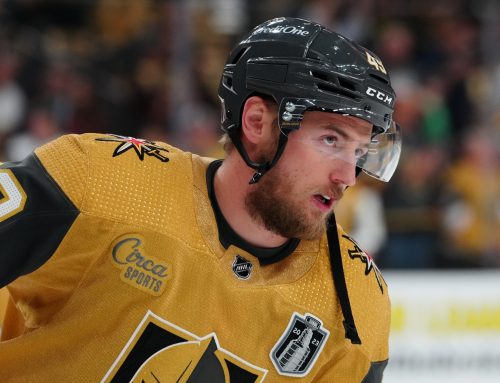
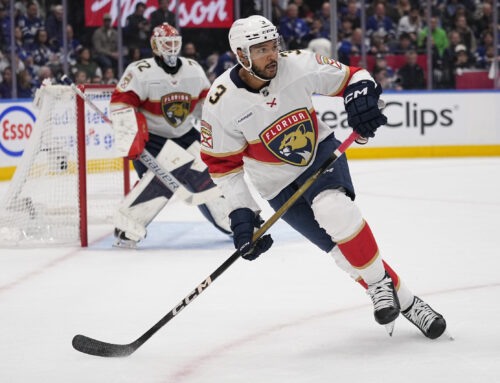
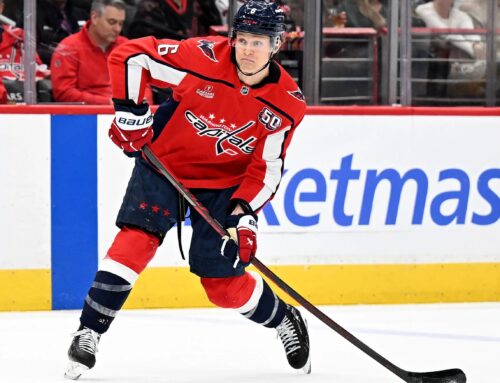
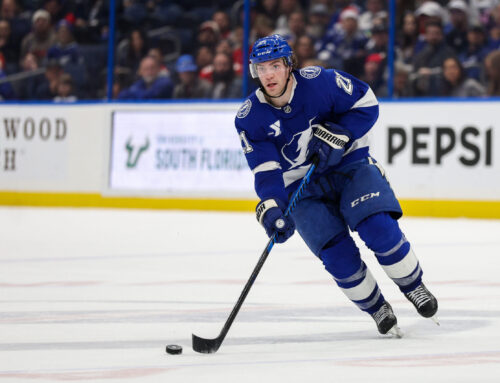
 EDM
EDM PIT
PIT TOR
TOR FLA
FLA VAN
VAN MIN
MIN DET
DET COL
COL
